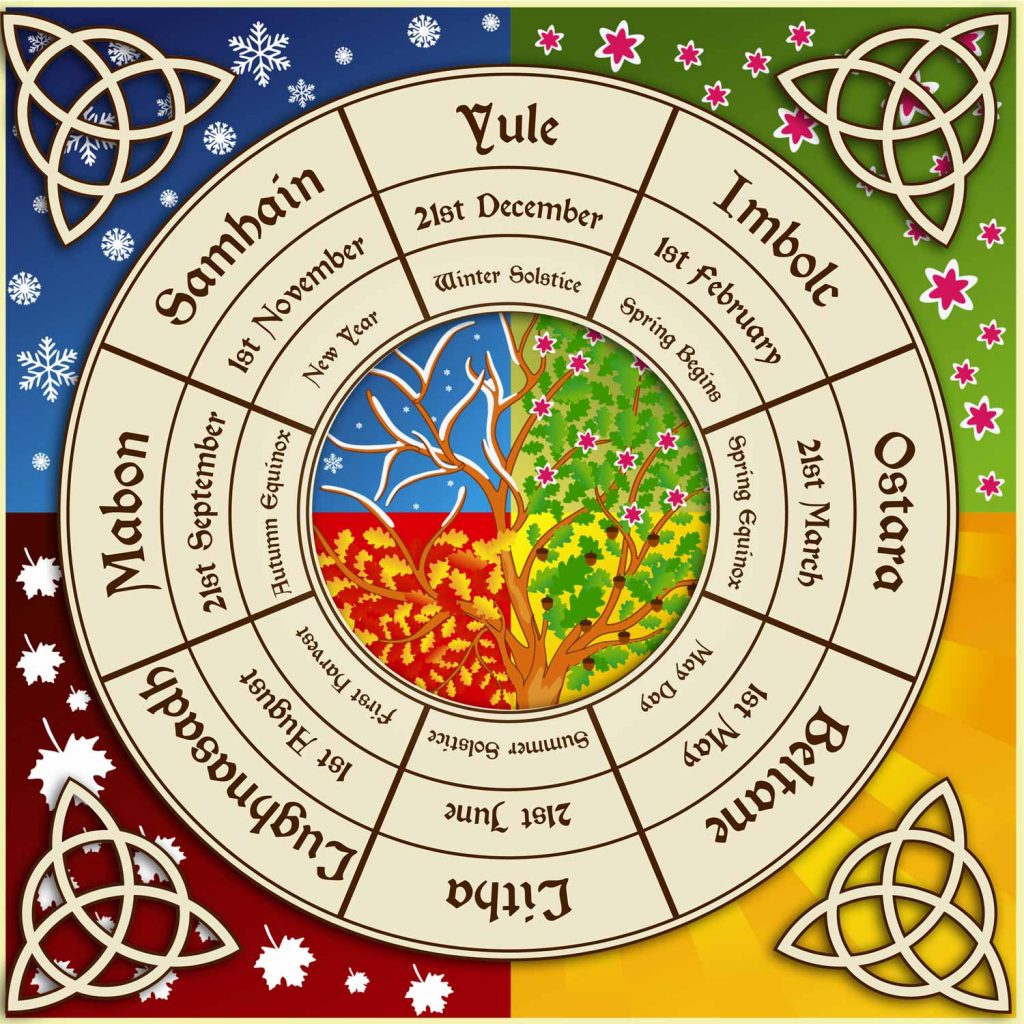Only in life, do we find death
Writing and Learning
Halloween lands on October 31st every year. There is no exception for Leap Year, Roman calendar adjustments, or alien invasions. It is a ghoulish night of costumes, masks, candy, and of course, creepy dead things; however, it’s so much more.
The trick or treat tradition dates back to the Bronze Age. Back then, the Celtics ruled western Europe and the preceded tradition of Halloween was called Samhain. It was a time when the treats were given as an offering to the hobgoblins in hopes they didn’t turn into boggarts and the tricks—well, we’ll just use our imagination.
As it was then, as it is now, Samhain is a yearly tradition with many underlining metaphors. It is a time to reflect on the past year. The analogy is like farming. We plant our seeds/ intentions in spring and come fall, we hope to reap the rewards of the blossoming seeds that will feed our soul through the dark days of winter.
Another portion of Samhain is the celebration of those loved and lost. This isn’t as weird as you think. This form of tradition is practiced all over the globe. Instead of mourning and crying for our loss, the Celtics celebrated those who have crossed over to the Otherworld in hopes they are spending the afterlife in comfort.
A Celebration of the Dead
There are myriad traditions all over the world to honor those loved and lost. This is a time of remembrance and one in which many cultures believe that the spirits of their loved ones cross over to visit on these joyous occasions.
Here are a few examples of those who celebrate death…
- Dia de los Muertos-The day of the dead
- All Saints Day – Christianity
- Obon – A Buddhist festival
- Chuseok – North & South Korea
- Hungry Ghost Festival – China
- Gai Jatra (festival of cows) – Napal
- Pchum Ben – Cambodia
Now that you’re acquainted with deathly celebrations all over the world, let’s dive into the origins of Samhain and learn why the celebration is far more intense than a twelve-foot skeleton in your front yard.

The Wheel of the Year
The Celtics thrived in the majority of western Europe during the Bronze Age, dating back to 1200 BCE. They were in constant battles with the Romans to maintain their territory. By 500 CE, the Celtics were overthrown by the Romans and primarily resided in Ireland; though the fighting continued. This time, they were bombarded by the Vikings. The Celtics eventually assimilated into Roman culture and most of their artifacts and scripts were destroyed.
And like every culture, they “created” and maintained a set of rituals to help guide them throughout the year. They called these rituals/ festivals/celebrations, The Wheel of the Year.
Think of each section of the Wheel as a piece of a clock. Twelve is the Winter Solstice. One thirty is Imbolc. Three o’clock is the Spring Equinox. Five thirty is the celebration of Beltaine. The Summer Solstice falls on the six o’clock mark, while seven thirty is Lammas. Nine o’clock begins the Autumn Equinox and Samhain is clocked at ten thirty, completing the Wheel back at twelve to start the rituals all over again.
Each point of the so-called clock is a celebration. Each utilizes the sun’s movement over the course of a year and each festival offered the Celts a different perspective of living life to the fullest—at least the best way they knew how.
According to Celtic tradition, Samhain falls on October 31st and is the last celebration of the Wheel of the Year. The ritual begins at sunset, marking the sun’s departure as a time of resting, healing, and regrowth.
The holiday is a metaphor. Just as leaves wither, die, and fall to the ground, so too is how the Celts processed life and death. It’s a balance, like a yin to a yang, hate is as powerful as love, in darkness, light is born. Basically, one cannot exist without the other. The primary lesson learned during Samhain is that accepting death is a starting point to living life. In essence, death is a never-ending cycle with no end and no beginning. A perfect circle.
The Tradition Continues
Modern Halloween traditions exist today as a direct result of the Samhain rituals.
The veil between our world and the Otherworld is at its thinnest. It is the time when the dead can cross over from their world to ours. This is why the modern tradition of wearing masks and costumes is imperative on Halloween.
We must disguise ourselves from the dead, so they cannot mistake us for one of them. We wear masks to stay invisible to the Otherworldly spirits. Spirits can pass through a type of mystical doorway between the Otherworld and this one, and vice versa. Some send messages from loved ones; others have more sinister motives. Without our disguises, we might be mistaken for death and our pathway back to our realm will close, leaving us trapped in the Otherworld.
-RADolence

